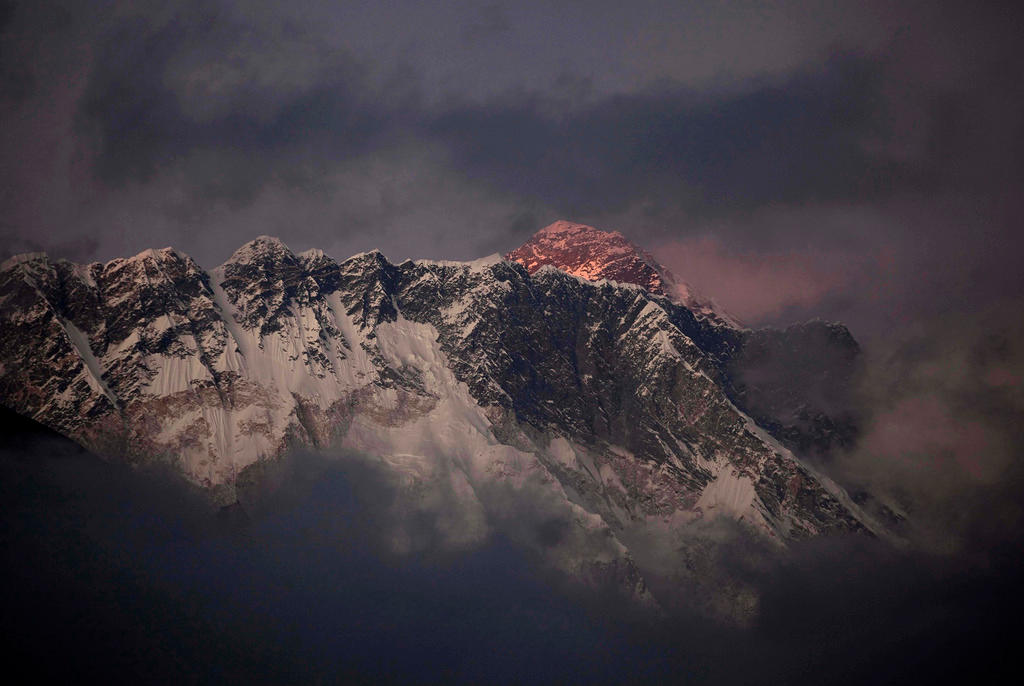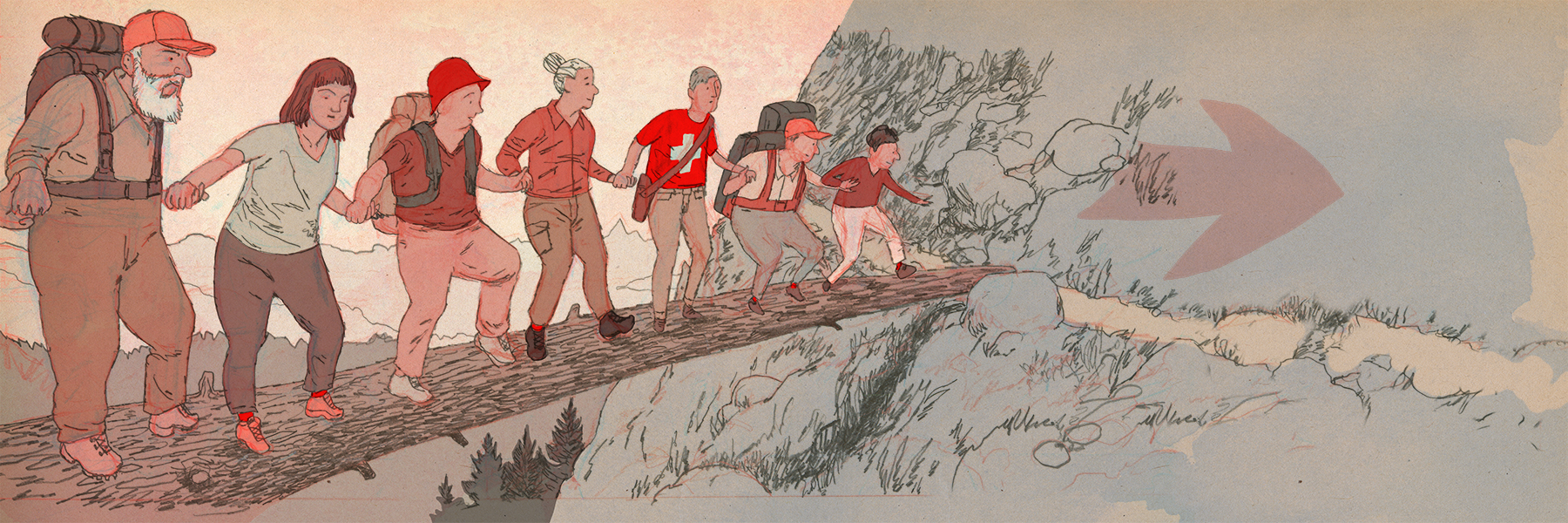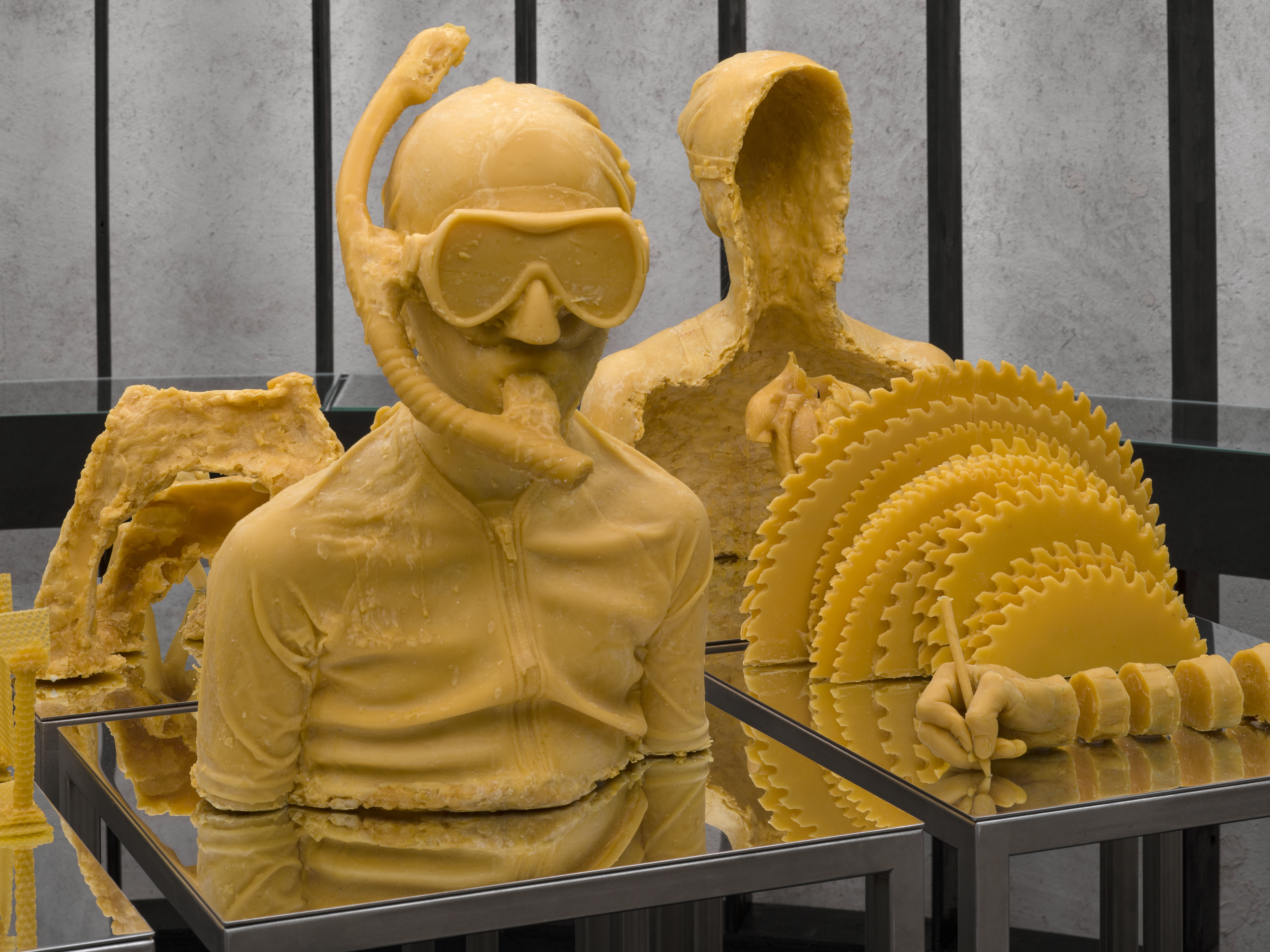
Ueli Steck’s phenomenal climbing career

Here is a look back at how Swiss alpinist Ueli Steck, who died at the age of 40 while climbing near Everest, transformed himself into the awe-inspiring “Swiss Machine”. He accomplishments extended well beyond his amazing speed records.
1976
- Born on October 4 in Langnau im Emmental, Switzerland. He spent his youth playing hockey with his two older brothers and became an active climber at age 18. His father, a coppersmith, emphasised the importance of always doing things well. Steck became a carpenter by trade.
1995
- First time up Eiger North Face (age 18)
- Eiger, Monch and Jungfrau, in 25 hours, with Swiss professional alpinist Stephan Siegrist.

2004
- First solo ascent Eiger North Face, in 10 hours. Steck and several other Swiss climbers made the Eiger their special playground. Siegrist wrote in Facebook of his “deepest respect for Ueli’s ambition, for what he achieved and for what he inspired in others.” Canadian climber Will Gadd said on his website that the important lesson was how Steck “made himself into the machine” through his strong focus and use of sports science.
2005
- Solo ascent Cholatse North Face and Tawoche East Face
2007
- Eiger North Face speed record in 3:54
- First solo attempt on Annapurna’s South Face (8,091 metres) in Nepal ends after Steck is struck by rockfall and survives a 300-metre fall. He descends on his own with only minor injuries.

2008
- First ascent Tengkampoche’s North Face in Nepal (6,500 metres) with Simon Anthamatten by 2,000-metre route they called Checkmate.
- Second attempt on Annapurna’s South Face in Nepal, attempted rescue for Spanish climber
- Eiger North Face speed record in 2:47
- In Chamonix, Grandes Jorasses North Face speed record in 2:21
2009
- Receives first Piolet d’Or for Tengkampoche climb
- Climbs Pakistan’s Gasherbrum II (8,035 metres), his first 8,000-metre peak. Later in the year, climbs 8,463-metre Makalu in Nepal
- Matterhorn North Face speed record in 1:56
- Yosemite’s El Capitan Golden Gate route, free climb of 41 pitches over 4 days with wife Nicole belaying during their honeymoon
2010
- Climbs Yosemite’s El Capitan Free Rider route. American rock climber Alex Honnold told Outside magazine that Steck was “the first to bring Olympic-style training to the sport”.
2011
- Solo ascent of Shishapangma’s 2,000-metre Southwest Face, in 10 ½ hours, then climbs another 8,000- metre peak, Cho Oyu, 18 days later. A couple weeks later, he turns around 100 metres from Everest’s summit to protect his freezing toes.

2012
- Climbs Everest without supplemental bottled oxygen. Though he was a sponsored athlete, Steck paid for his trips himself so he did not have to factor in a sponsor’s interests when calculating risks.
2013
- His astonishing solo first ascent of a new direct route up Annapurna’s South Face (3,200-metres) in a 28-hour round trip capped his career of light-and-fast ascents. For Steck, it was another great Swiss alpinist, the late Erhard Loretan, who provided the biggest inspiration.
- Altercation with Sherpas on Everest. Steck became haunted by a cultural clash on Everest’s slopes that almost killed him.
2014
- Receives second Piolet d’Or for Annapurna South Face climb
2015
- One of his most remarkable feats was to climb all 82 4,000-metre peaks in the Alps, most of them in Switzerland, in 61 days in a single push, traveling between them only by walking or cycling.
- Sets Eiger North Face speed record of 2 hours 22 minutes 50 seconds
External Content
2016
- Found the bodies of Alex Lowe and David Bridges on Shishapangma, where they had vanished in an avalanche in 1999. Steck and Lowe were both climbing wunderkinds of their respective generations, and both died at the age of 40 in climbing accidents in the Himalaya.

2017
- Died on April 30 on Nuptse acclimatizing for Everest West Ridge-Lhotse attempt. Accident occurred at 7,600 metres. Body recovered at 6,600 metres. The exact circumstances of his death may never be known, since he was climbing alone by night.
- Legendary Italian alpinist Reinhold Messner told Outside magazine that Steck may have been chasing the ambitious dream of being first to climb Nupste, Lhotse and Everest in a single tour.
- Just before the trip, Steck spoke to Swiss public television SRF’s Mathias Morgenthaler, who recalled how Steck felt he had to keep topping his own records to find out how far he could push himself: “He wanted to escape the vicious circle of always taking on new challenges and greater risks but didn’t know what the alternative should be.”
External Content

In compliance with the JTI standards
More: SWI swissinfo.ch certified by the Journalism Trust Initiative




























You can find an overview of ongoing debates with our journalists here . Please join us!
If you want to start a conversation about a topic raised in this article or want to report factual errors, email us at english@swissinfo.ch.